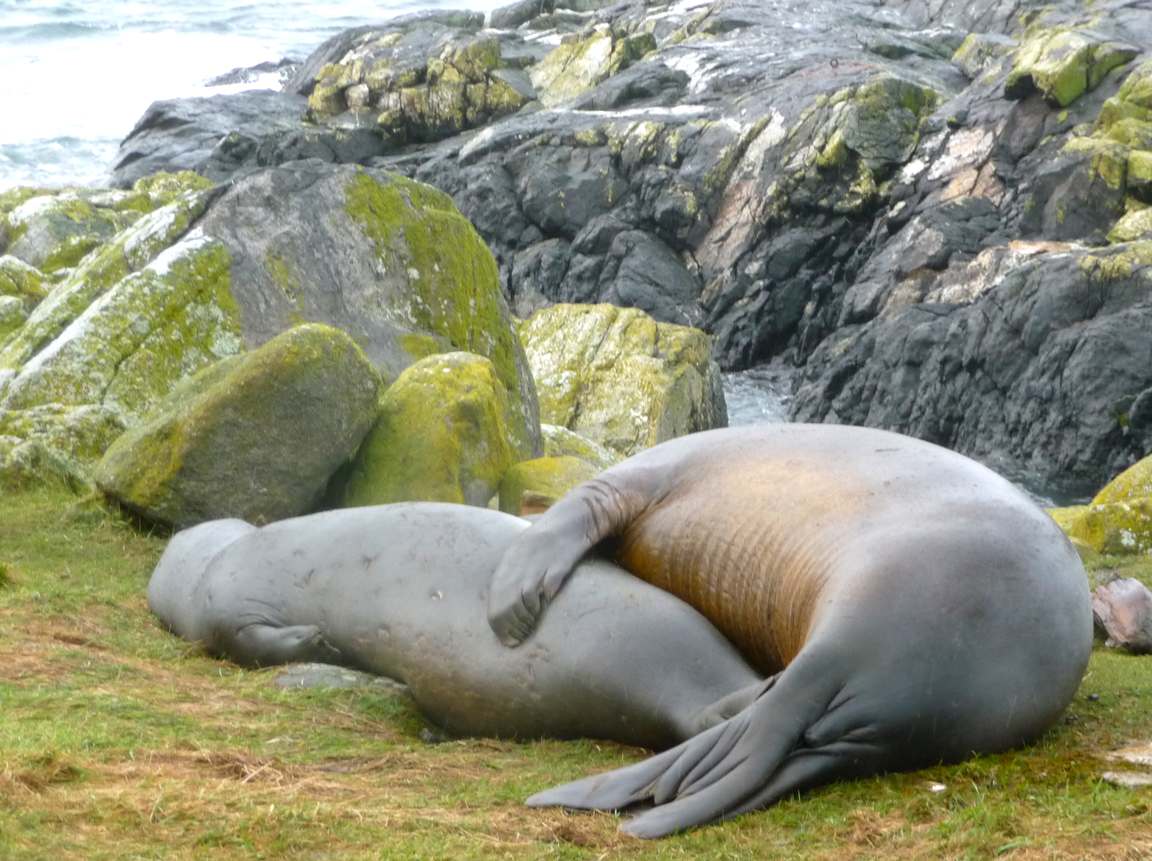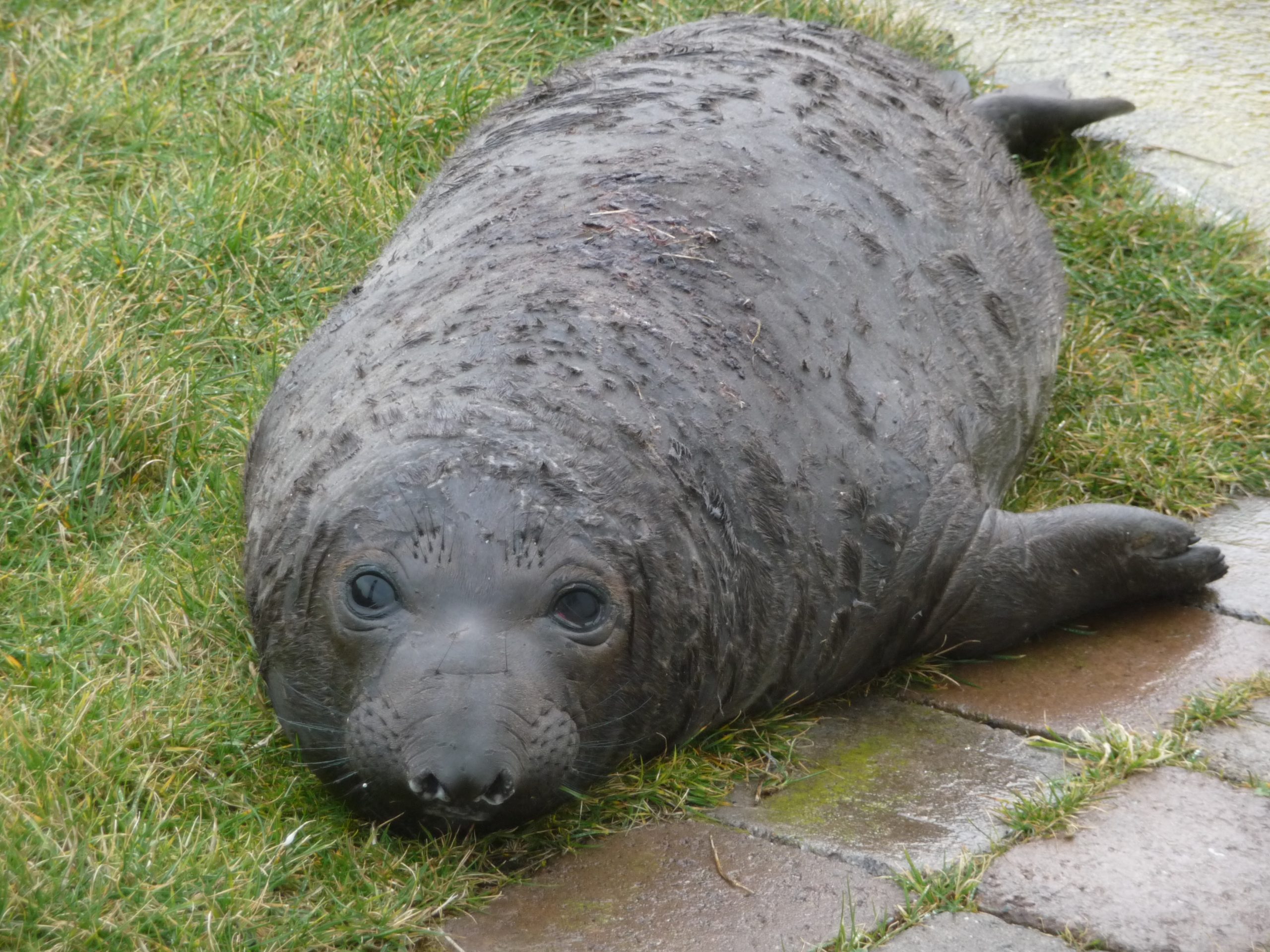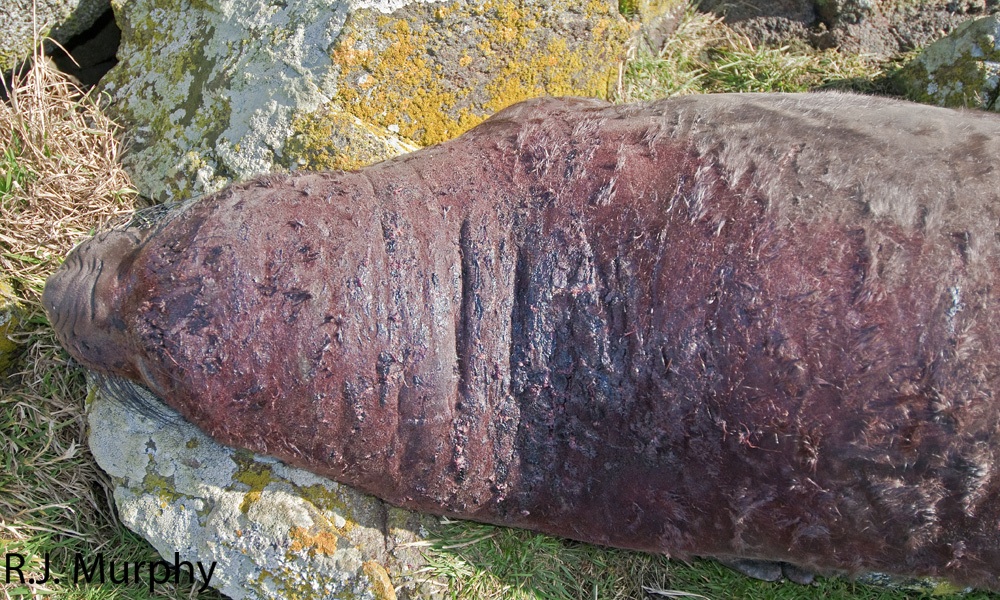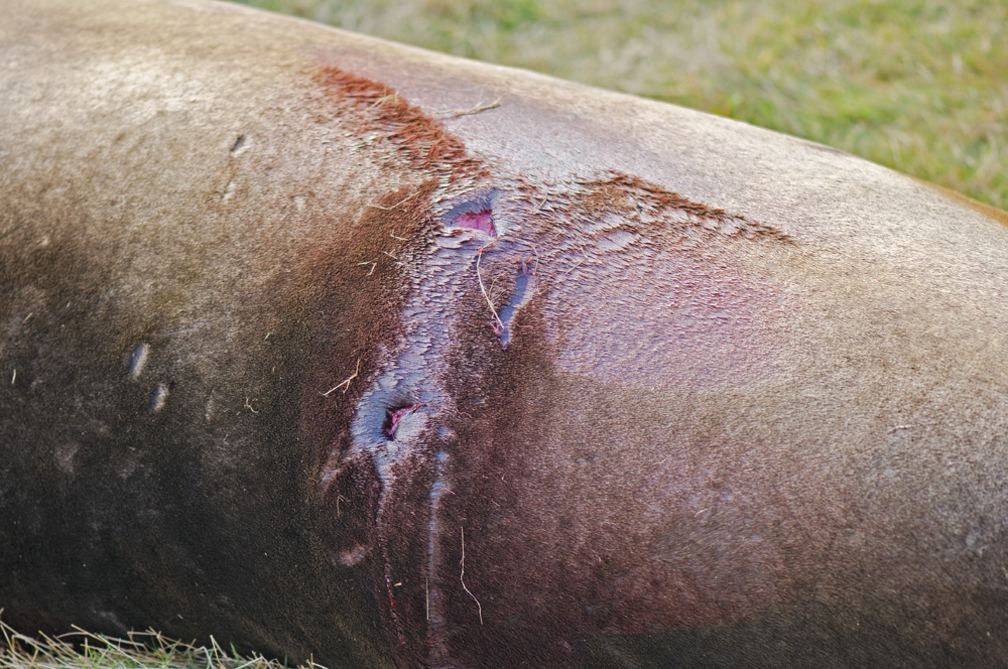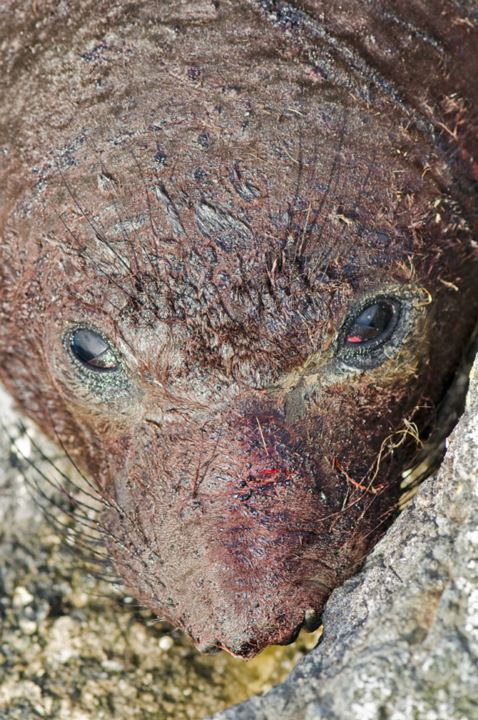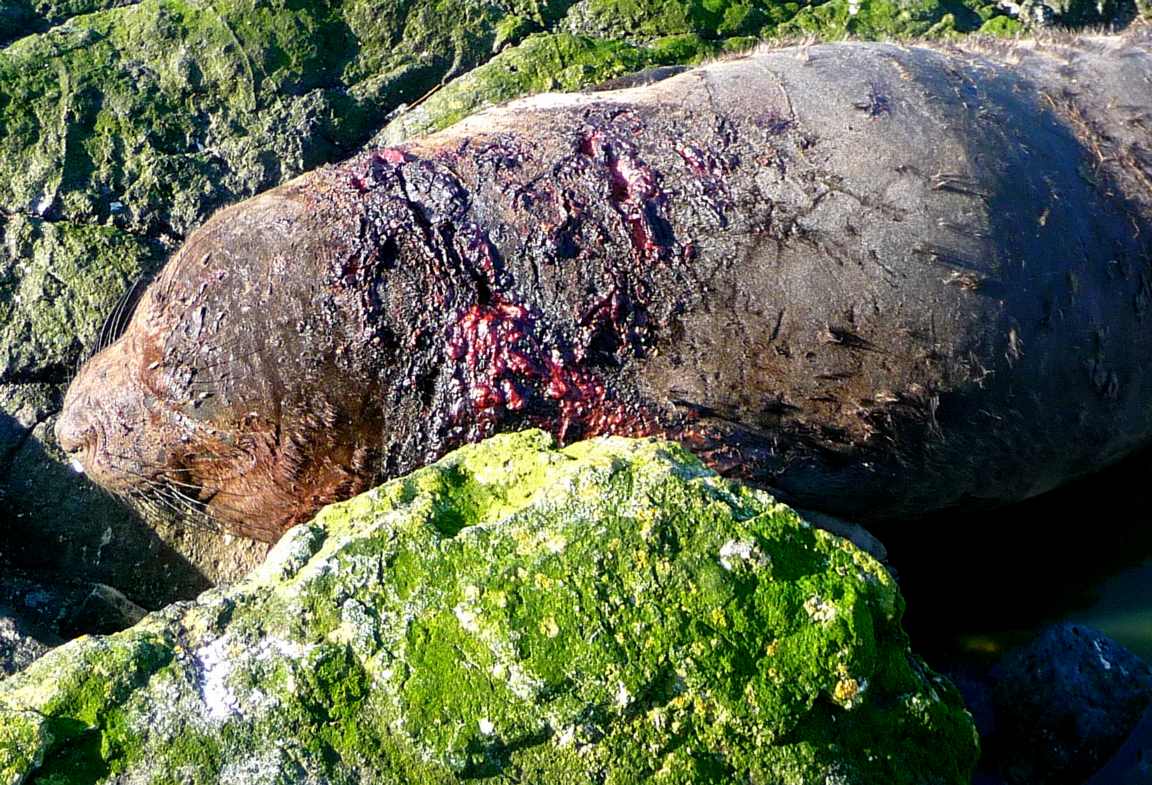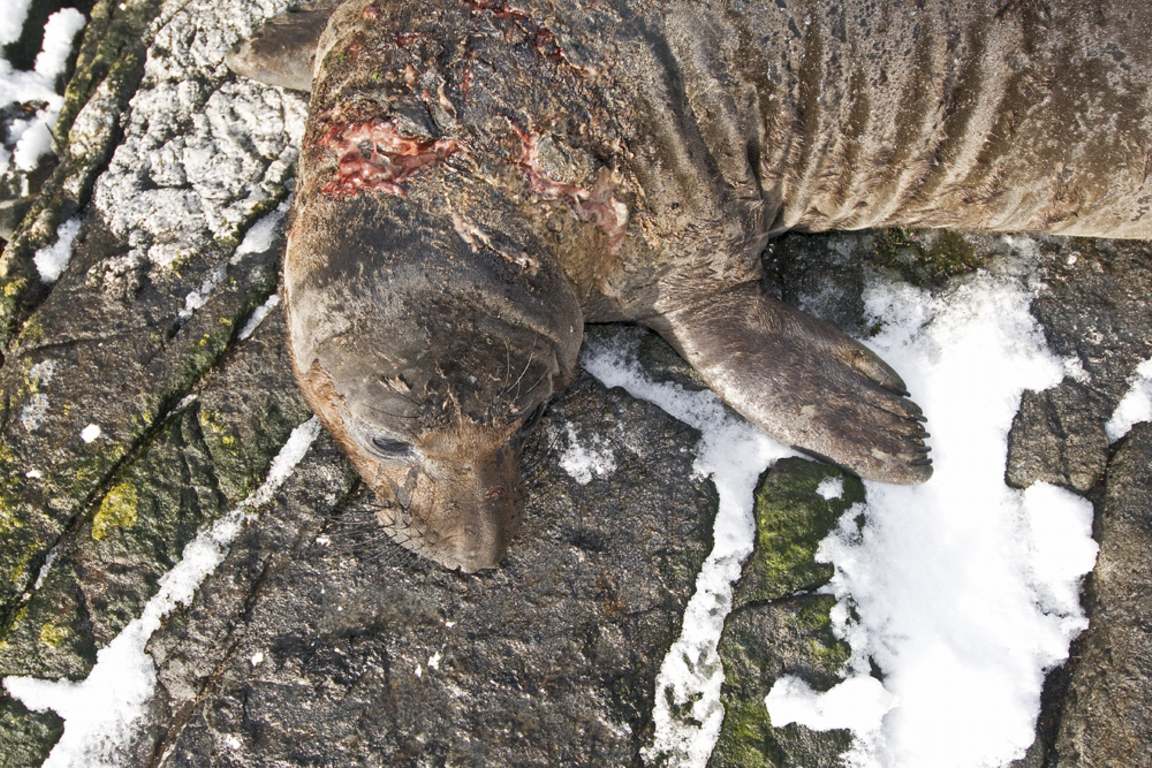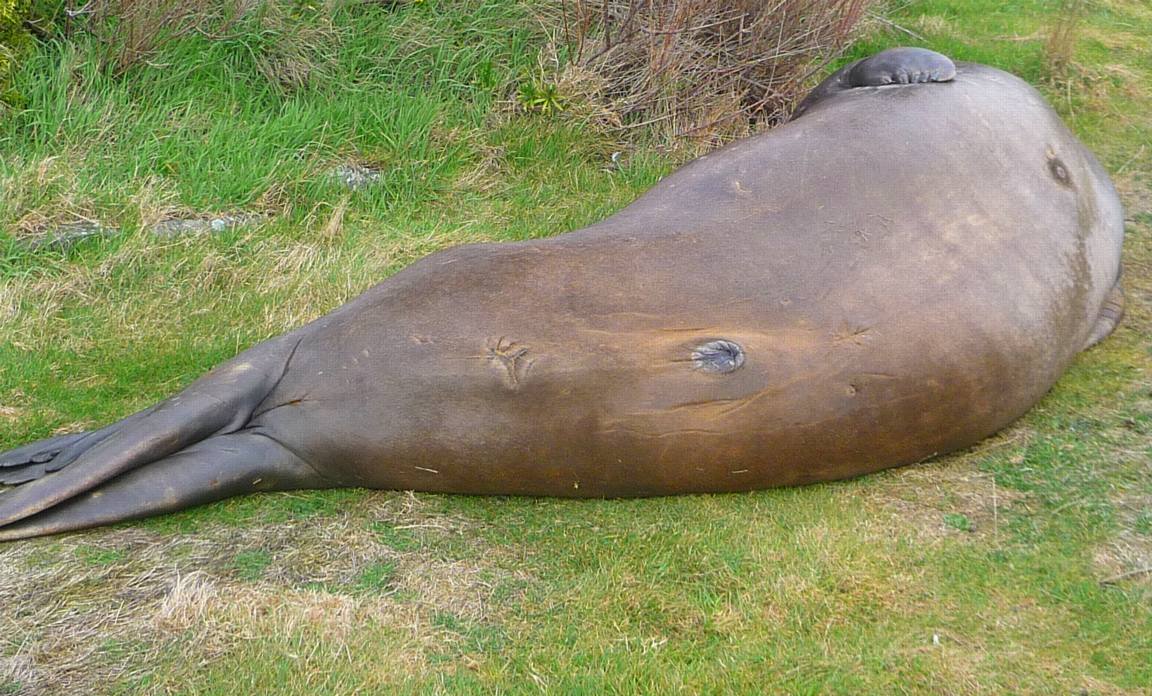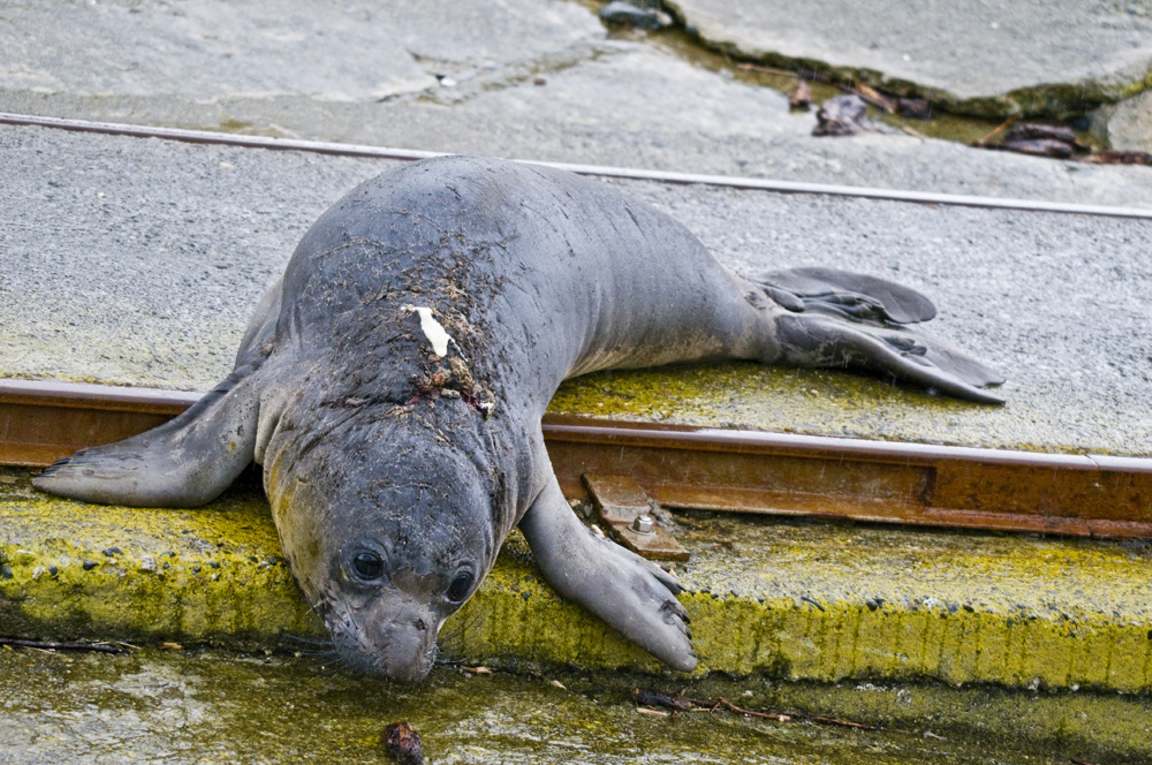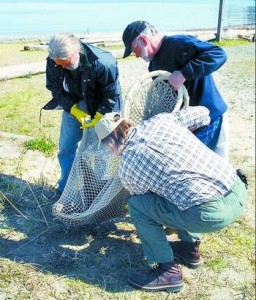-110, ‘2010-06-21’, ‘Other’, 0, ‘As we officially kick off summer, I thought I ”d give a bit of an update on life on the island right now. The black oystercatcher chicks have hatched in the nest up beside the jetty and down off the tank room! While outside doing some cleanup yesterday morning, I spotted at least one chick, and I suspect there may be more, as there were three eggs in total. This hatching brings some relief, as all of us were quite worried about this nest. Mother oystercatcher had not been spending as much time on her nest as she should have, what with the high traffic transiting the area. However, last week I cordoned off the area with large ropes and she settled down a lot, just in time for the hatching. I also set up camera 3 beside the nest; it can be viewed at http://www.racerocks.com/racerock/video3.htm. I apologize in advance for the moisture on the lens; we ”ve had some high winds and rain over the last day and it has become a bit dirty. At this point though, I ”m a bit apprehensive to get close and clean it, as it ”s really only a foot away from the nest. There are at least two other nests on the island with chicks; one in the surge channel facing the southeast, and one in the channel facing the southwest. In other news, Bertha has decided to make a reappearance on the island after a few days off in the water somewhere. She is hauled up in her favourite spot behind the tank room. Her bad eye is looking worse than ever, and is dripping quite a lot of serum. #4252 is up beside the base of the lighthouse, on the side adjacent to the desalinator bunker, and seems to be enjoying the shelter of the long grasses. Misery is up around the science house somewhere. From the house this morning, I also noticed a possibly fourth, middle-aged, female elephant seal making her way up from the boat ramp -it may have been Bertha though, it ”s hard to tell). Yesterday, three harlequin ducks were spotted in the southeast surge channel, sitting contentedly on rocks. There appeared to be two males and one female. I took some pictures yesterday, but am not sure if they turned out because of the distance. Check on my Flickr site later: http://www.flickr.com/photos/adamharding/. Most seagulls have now settled down into their nests, with a few still mating. Nest numbers seem to be down from this time last year. Enjoy the solstice!’, ‘adam’, ’07:57:59 ,
Tag Archives: Bertha
Elephant seal behaviour
-106, ‘2010-06-03’, ‘Elephant Seal’, 3, ‘An eventful day for the elephant seals. More sunlight and less wind than we ”ve been used to this spring brought all three Elephant Seals on Great Race down to the water… but not before Misery had a go at mounting Bertha. She escaped up the “steep ” path to the grass on top of the foundation left from the original keeper’s house. Bertha then slipped past the sleeping Misery and lay on the ramp right at the water line in the shade but not in the water. Misery woke and detected the deception and came barreling down the path and boat ramp. Bertha took off through the water like a startled harbour seal, moving closer to the hauled-out California sea lions. She did not come back on land until dark. After all his effort, Misery followed just until he was in the water and took to splashing water back across his body which both trickled and steamed off his late winter coat. Once refreshed, he moved further into the water, floating and steaming in the warm sunshine. Seeing/smelling Bertha in deeper waters, he followed her only to have her swim even further away. 4252 was already in the water and Misery soon sensed her and tried to pin her against the rocks in the shallow sea lion haul-out, but she snapped at him and also swam to deeper waters. Just before sunset, Misery returned to land, trumpeting in the shallows. Looking at records -and noting how much girth Misery has put on lately), the habitat use of our two adult bull elephant seals is very different. Misery: showed up for the ”season ” first in October, was back before Slash showed up for the pupping season, stayed longer through the breeding season, and is now here moulting -as he did this time last year). His moult is delayed 1-2 weeks compared to last year. That all said, Misery has grown significantly this season after spending much of the last 6 months here at Race Rocks, while our dominant bull spends much greater times away before returning with added mass.’, ‘ryan’, ’23:56:01 ,
Ninene the Elephant Seal pup Returns to Vancouver Island April 15, 2009
What a pleasant surprize to see little Ninene this afternoon down in front of my home on Taylor Beach on Southern Vancouver Island. She has come through a load of problems and remarkably has made it this far. She was born on Race Rocks on January 30, 2009. Was weaned four weeks later when her mother left, was then badly beaten up by a young aggressive male, who was then driven off by Slash an older male, possibly her father, then she stayed on Race Rocks alone until March 30 without feeding, She then left Race Rocks on March 30, and arrived in Port Angeles on April 7, was moved from downtown to Ediz Hook Coastguard station. and then disappeared the next day. She showed up at 2 and a half months age on Taylor Beach in Metchosin , Southern Vancouver Island. In the past few weeks has traveled well over 50 kilometres.
When she was banded and observed in Washington, several researchers there believed that Ninene did not gain as much weight with her mother as she should have, so she is considered to be underweight for her age. So at this point she still is in a vulnerable situation and we hope she is able to forage well and put on more weight very soon. Ninene stayed only for the day and night. Hse was gone the next day, and we have never seen her since (as of 2014)
First Elephant Seal born at Race Rocks: January, 2009
|
Ryan has observed a lot of aggression on the part of the young male which had previously been named Misery by Mike Slater. |
The baby was born beside the helicopter pad, and has spent the first day there, trying to nurse. The interference by the aggressive male has made this difficult. |
January 30, 2009: This is what we believe is the first elephant seal pup to be born at Race Rocks. It arrived last night or early this morning. See the daily log also for updates. Ryan and Adam have dubbed the pup NINENE, after the WSANEC (Saanich people) moon that it was born under, meaning, child or offspring
Adam Harding took this video at close range from the top of the helipad.The second one was taken on the morning of February 1 from inside of the Marine Centre on Great Race Rocks
In the weeks that followed, Nine went through a In the month following the birth, the pup Ninene, which Ryan observed was a female , went through an incredible amount of trauma while being attacked viciously by the young male Misery. Here we document the process. It is not a pleasant site and at the time of writing, it is still not certain whether this pup will survive. After 4 weeks, weaning took place and the mother left permanently. On the California pupping beaches, the pups normally stay on the pupping grounds often guarded by a male for 5 to 8 weeks longer, without feeding. Then they get hungry and go to the water to feed on their own in shallow protected water . If Ninene makes it that far it will be quite exceptional. Caution: may not be suitable for children.
 |
 |
| Bruises showing on the pup. | Male grasping the pup |
Elephant Seal Male Aggression Videos
The trauma of her first four weeks when she was nursing were minor compared to what happened when her mother left and she was weaned. The young male we have called “Misery” turned on Ninene and beat up on her severely, so much that we considered she was very close to death. Ultimately she was saved by Slash, our old elephant seal, possibly her father, who took on the young male. The following images are not the worst of what we had to watch while this drama unfolded.
The photos above weer taken by Garry Fletcher, Ryan Murphy and Raisa Mirza
On April 7 we were forwarded an e-mail from Dyanna Lambourn, a Marine Mammal Research Biologist, Washington Department of Fish and Wildlife in Lakewood, WA with this picture by Duane Benedict of the Port Angeles Police Department of a Northern Elephant Seal pup that showed up in Port Angeles on April 2nd. She indicates “I suspect it is probably the pup from Race Rocks… I went to the Race Rocks website and it appears that “NINENE” left around that same time. The pup is hauled out in downtown Port Angeles and the plan is to relocate her to the tip of Edis Hook on US Coast Guard Property today. Hopefully the pup will also be tagged.”
Seal pup likely “Canadian born” now she’s missing in the Penninsula Daily News, Port Angeles.
 And then on April 15, 2009, she returns to our shores. The last we see of Ninene with the red tags is on Taylor Beach.
And then on April 15, 2009, she returns to our shores. The last we see of Ninene with the red tags is on Taylor Beach.



















